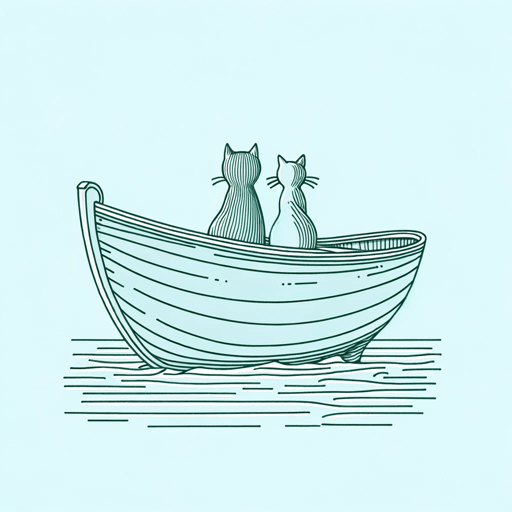21 pages • 42 minutes read
Edward LearThe Owl and the Pussy-Cat
Fiction | Poem | Adult | Published in 1871A modern alternative to SparkNotes and CliffsNotes, SuperSummary offers high-quality Study Guides with detailed chapter summaries and analysis of major themes, characters, and more.
Background
Literary Context: Victorian “Nonsense Verse”
Along with Lewis Carroll, the author of Alice’s Adventures in Wonderland (1865), Edward Lear is regarded as an early master of Victorian nonsense verse. Lear was among the first poets to deliberately use the word “nonsense” to describe his poems. Nonsense verse refers to humorous poems that resist rational interpretation. They often feature talking animals that are literally talking animals, rather than an allegorical representation, as well as odd actions that are whimsical more than intentionally symbolic.
Lear often used made-up words like “runcible” (Line 28) in his poems, as did Carroll: Carroll’s words galumphing and chortled are now part of the Oxford English Dictionary. These deliberately whimsical choices were guided by an aesthetic philosophy which by the early 20th century would take the form of the “art-for-art’s-sake” movement. Lear and Carroll were stating, through their poems, that art did not need to moralize or intentionally chase a set meaning. Instead, art could invite a range of interpretations. The rise of nonsense verse has to be seen in the context of other children’s literature during the Victorian era. Much of 19th-century children’s literature tended to be moralizing and instructive. By focusing on the power of language and the imagination instead, writers of nonsense verse offered a quiet rebellion against strict socioliterary norms.

